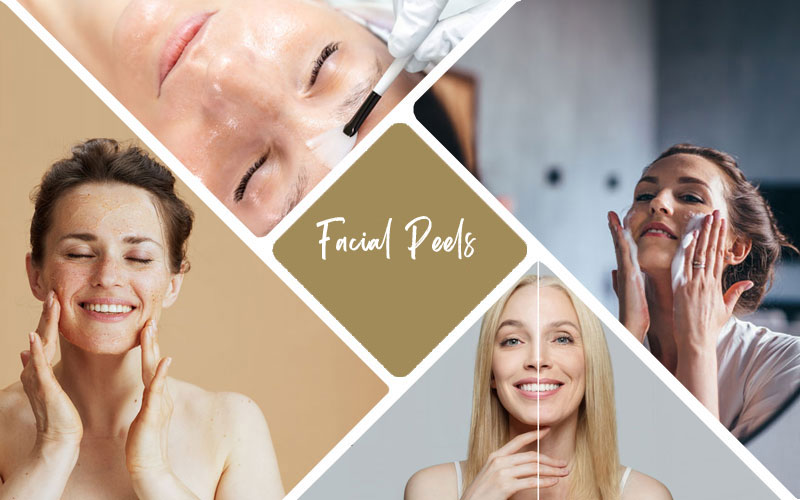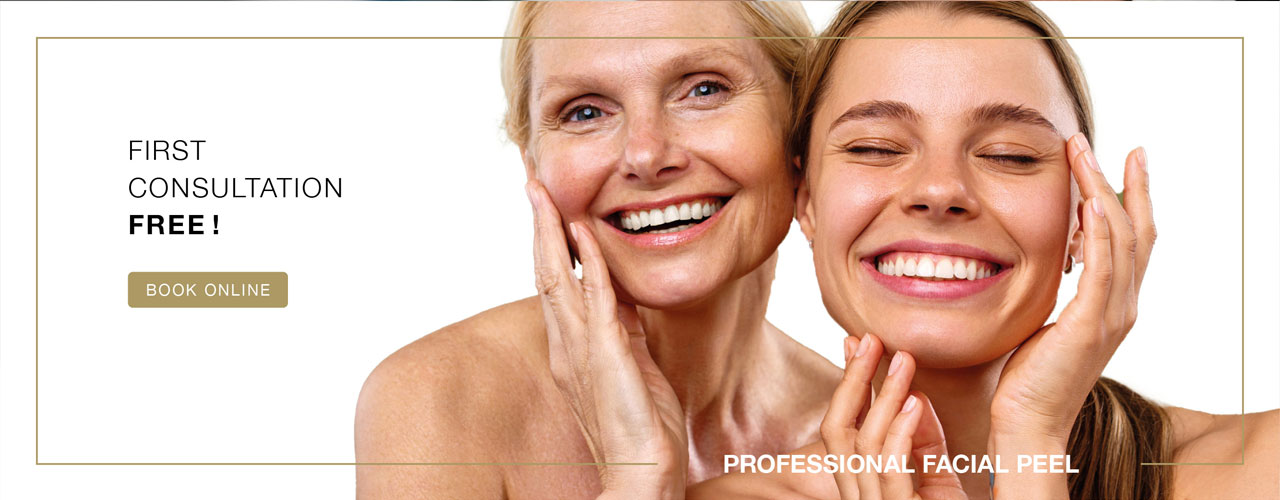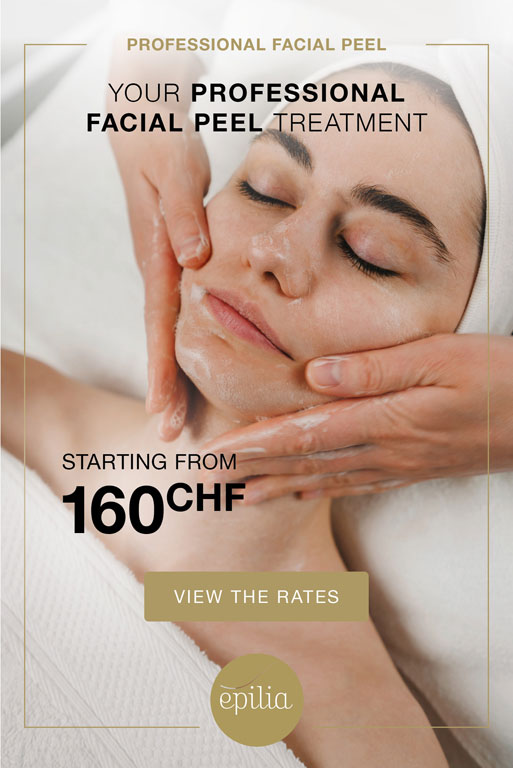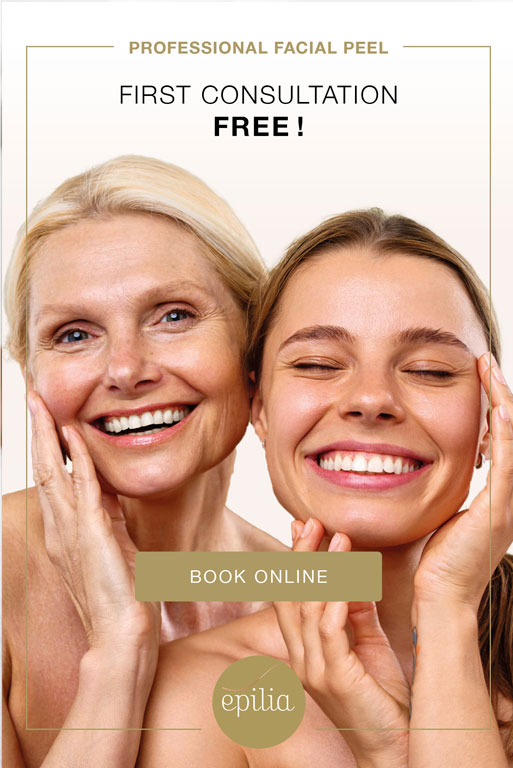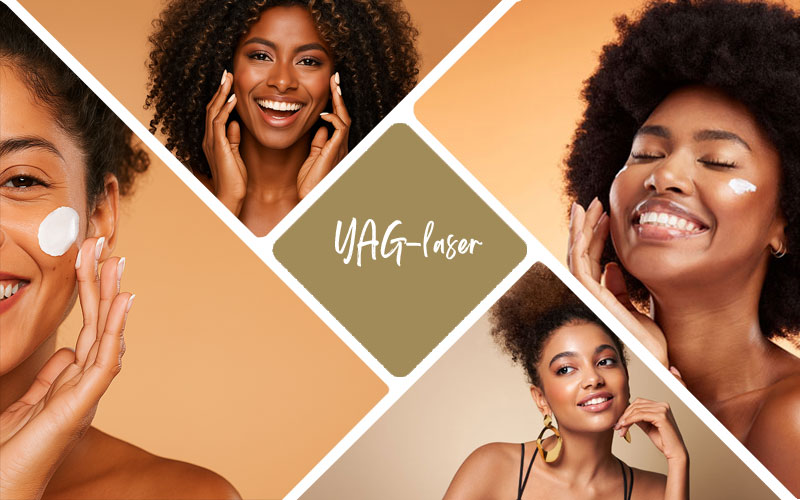Tired of treatments that promise the impossible but still leave your skin dull or marked? Epilia, the European leader in laser hair removal with over ten years of dermatological expertise, is now bringing this know-how to your face with its new range of professional and cosmeceutical peels.
Enjoy a free consultation at our Swiss center in Geneva: our trained assistants will guide you toward a personalized protocol that stimulates cellular renewal and brightens your complexion both deeply and on the surface, all in impeccably hygienic conditions, safely, and without taking up your precious time.
Understanding Peeling: Definition and Principles According to Epilia
What is a peel at Epilia?
It’s a highly concentrated solution of active acids, applied in a controlled manner to boost the skin’s natural exfoliation process. This chemical action, far more precise than mechanical scrubs, gently removes the superficial layers and then triggers full skin regeneration and remodeling.
The result: an instant glow, smoother skin texture, more even pigmentation, and a noticeable reduction in imperfections, from mild acne to signs of aging, including keratosis pilaris. Thanks to exclusive protocols developed by our dermatology teams, each acid concentration is tailored to your skin type to safely address your specific needs at our Epilia center in Geneva.
To schedule your first free consultation at one of our centers, please book online or contact our reception by phone at +41 22 321 20 00.
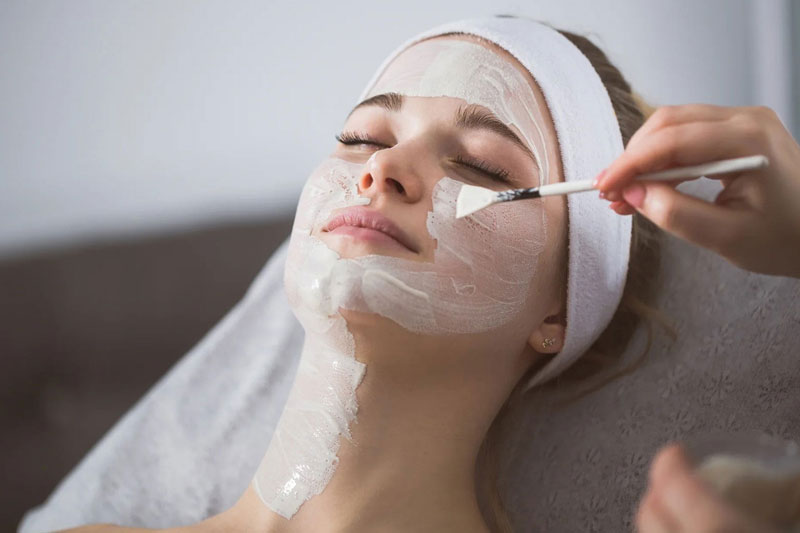
The Different Levels of Peels According to the Epilia × Dermaceutic Method
At Epilia, the depth of action for each peel is carefully selected using the Dermaceutic medical-grade range, a European benchmark certified as Class IIa * according to the European regulatory Regulation (EU) 2017/745 (MDR). We focus on two main categories, each designed for a specific skin concern and optimized recovery time:
99% of peels fall into the following two categories:
- Superficial Peels: High-quality acid combinations targeting skin concerns such as acne and early signs of aging, acting only on the superficial layers of the epidermis. Designed for all skin professionals and suitable for regular use to help patients maintain healthy skin.
- Medium Peels: Advanced and innovative acid combinations designed to address more challenging skin conditions such as advanced signs of aging and pigmentation issues like melasma, solar lentigo, and actinic keratosis. These more intensive solutions require the expertise of trained specialists to deliver exceptional results.
| Depth | Dermaceutic Protocols | Main Indications |
|---|---|---|
| Superficial Peel (Epidermis) | MILK PEEL | Recommended for treating mild acne, keratosis pilaris, and superficial pigment lesions |
| Superficial Peels (Superficial Dermis) | CRYSTA PEEL | Recommended for treating solar lentigines, superficial pigment lesions, and keratosis pilaris |
| Superficial to Medium Peels (Superficial Dermis) | COSMO PEEL 15% & 18% | Recommended for treating solar and senile lentigines, pigment lesions, and elastosis. Helps prevent signs of skin aging. |
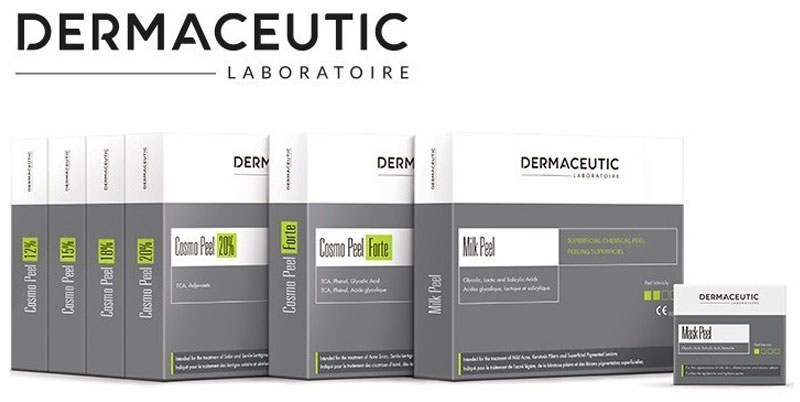
The Treatment Room Procedure
Superficial Peels
Your skin is cleansed using an active cleanser, which the specialist will leave on for a few minutes. The peel is then applied, and a slight tingling sensation may be felt.
The peel is neutralized with a water rinse, followed by the application of a hydrating cream. Redness may appear but typically fades quickly.
It is recommended to undergo 4 sessions spaced 2 weeks apart to achieve optimal results.
Medium Peels
The technique is similar to that of a superficial peel. However, the contact time for a medium peel will be longer, or the specialist may apply multiple layers to the skin. A warming sensation, ranging from mild to intense, may be experienced.
It is recommended to have 1 to 4 medium peels for visible and long-lasting results. Depending on the protocol used, a 2 to 8 week interval between sessions will be necessary.
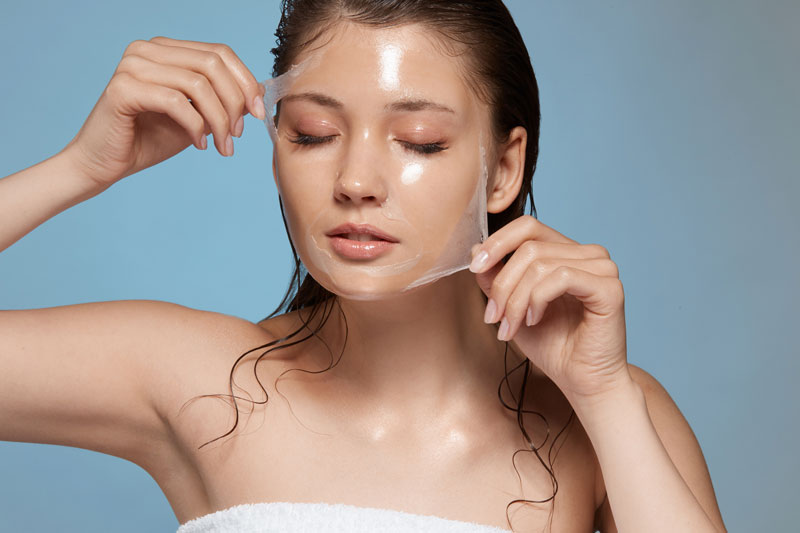
Why Not Deep Peels?
Phenol peels, intended for very deep skin damage, involve 10 to 15 days of downtime and carry higher risks. True to our philosophy of “maximum safety, proven results,” Epilia focuses its protocols on superficial and medium-depth Dermaceutic peels, which are powerful enough for 99% of skin concerns while remaining safe and accessible.
Dermaceutic Clinical Results
- 100% of patients showed fewer papules after 5 sessions of Mask Peel.
- 94% of patients saw a reduction in wrinkles after a Cosmo Peel Forte.
(* Independent in vivo study, 63 patients)
Whether you’re looking to restore your skin’s radiance or address more advanced signs of aging, our specialists at Epilia Geneva adjust the concentration and number of layers to precisely meet your needs, ensure a quick recovery, and reveal visibly renewed skin.
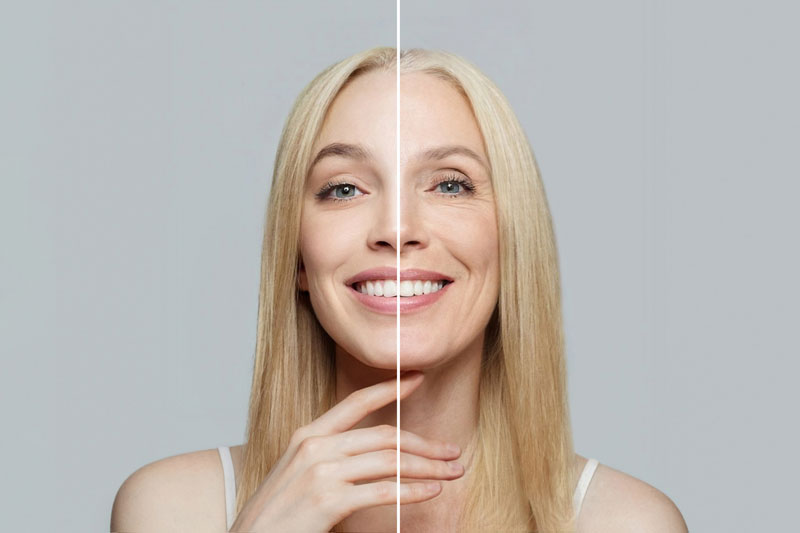
Main Benefits and Indications of Peels
Peels can be adapted to a wide range of skin imperfections. They help reduce acne, fade pigmentation spots, soften the appearance of wrinkles, and revitalize dull complexions. Each type of treatment delivers targeted results depending on the concentration of active ingredients.
- Improves skin radiance by removing dead skin cells
- Reduces fine lines and wrinkles through collagen stimulation
- Corrects pigmentation spots and evens out the complexion
- Stimulates cellular renewal for visibly refreshed skin
- Anti-acne effect by regulating excess sebum and clearing blackheads
By acting directly on the skin’s structure, peels stimulate collagen production for a visible anti-aging effect. They refine skin texture, reduce pigment irregularities, and enhance the effectiveness of complementary skincare. The superficial layer that is removed reveals a brighter, more even epidermis.
Choosing the Right Peel for Your Skin Type and Needs
Peels Tailored to Different Skin Types: Sensitive, Oily, and Mature
Peels can be tailored to every skin type.
Dry skin responds better to gentle acids like lactic acid. Oily skin tolerates stronger active ingredients. Mature skin benefits from higher concentrations for a more pronounced anti-aging effect. For sensitive skin, balanced formulations are recommended.
Reactive skin types should choose gentle formulations. Gluconolactone or mandelic acid provide controlled exfoliation without compromising the skin barrier. A patch test on a small area is recommended beforehand. Formulas containing soothing ingredients such as chamomile or oat extract help minimize reactions and complete these treatments safely.
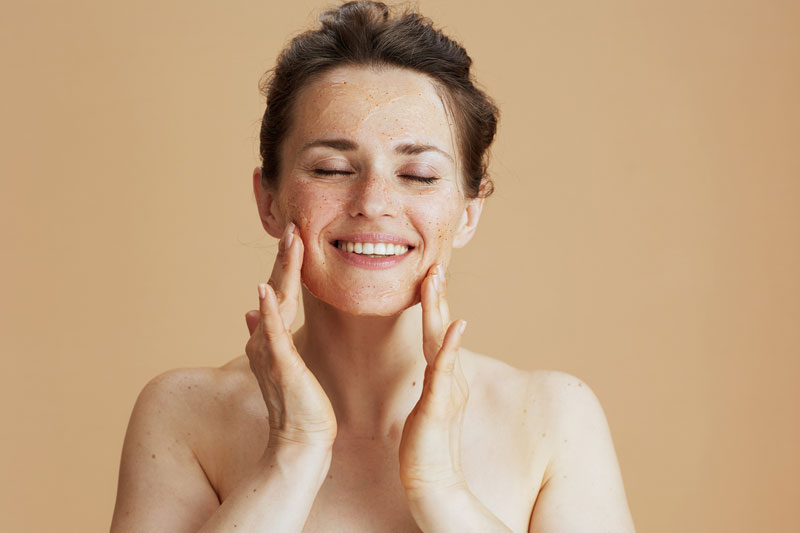
Targeted Solutions for Acne and Scarring
Anti-Aging and Anti-Pigmentation Peels
Salicylic and glycolic acids are effective in treating active acne.
Salicylic acid, being lipophilic, penetrates deep into the pores to unclog them, while glycolic acid exfoliates the surface to reduce blemishes. Their combined action helps regulate sebum production and fade acne marks.
For acne scars, medium-depth peels using TCA or acid combinations stimulate skin regeneration. TCA targets irregularities by remodeling tissue. A series of spaced sessions can gradually reduce scarring. Lighter peels require repeated applications to achieve a cumulative effect.
Peels help reduce the signs of aging.
Fruit acids brighten pigmentation spots, TCA smooths fine lines, and phenol, used in more advanced cases, reshapes facial contours. These active ingredients stimulate collagen production for rejuvenated skin.
For pigmentation spots, glycolic acid, kojic acid, and depigmenting blends are effective. Glycolic acid removes hyperpigmented cells, while kojic acid inhibits melanin production. Targeted combinations enhance the brightening effect on stubborn dark spots.
What is TCA (trichloroacetic acid)?
TCA is an acid derived from acetic acid, used for decades in dermatology for chemical peels. It works by triggering controlled exfoliation of the skin, which stimulates its natural regeneration.
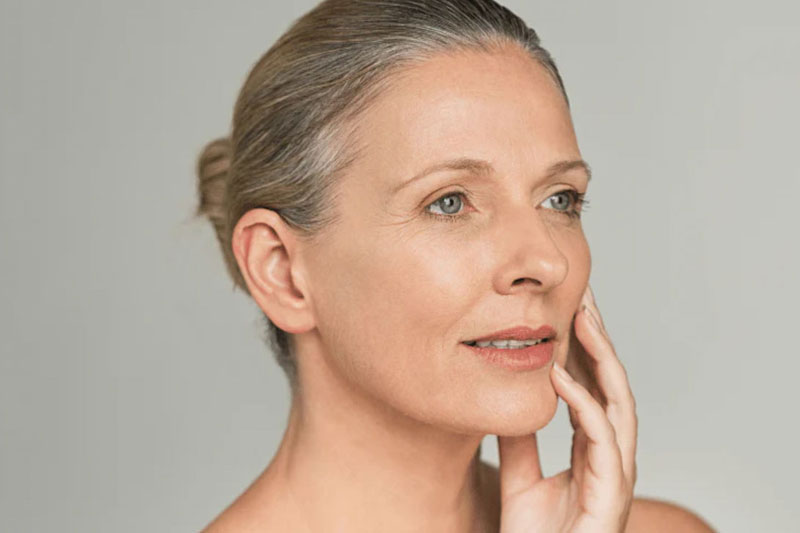
Body Peels: Décolleté, Hands, and Other Areas
Peels aren’t just for the face, they can also be applied to the body, particularly the décolleté and hands. These sun-exposed areas often show visible signs of damage. Tailored formulations help eliminate spots and smooth the skin’s surface. The technique is adjusted based on the thickness of the skin in each area.
Body peel protocols vary by treatment zone.
The décolleté tolerates moderate concentrations of glycolic acid, while the thicker skin on the hands can handle medium-depth TCA peels. Strict sun protection is essential after treatment to preserve results and prevent hyperpigmentation.
What to Expect During a Peel Session at Epilia & Post-Treatment Care
1. Free Initial Consultation
At our Epilia center in Geneva, your first visit begins with a detailed explanation of the peel and its intended goals. Our trained assistants then perform a comprehensive skin analysis, including phototype, medical history, sensitivities, and any potential contraindications. Together, we define the expected benefits, answer all your questions, and establish informed consent. This assessment allows us to select the most suitable Dermaceutic peel (superficial or medium-depth) and, if needed, plan a personalized series of 3 to 4 sessions.
2. At-Home Pre-Peel Preparation (Day -14 to Day -1)
To ensure even penetration of active ingredients and minimize potential side effects, we provide you with a Dermaceutic pre-peel routine (cleanser, gentle acids, antioxidants) to be applied morning and evening for two weeks. During this phase:
- Avoid sun exposure, self-tanners, and irritating active ingredients.
- Keep your skin well hydrated and apply SPF 50+ daily.
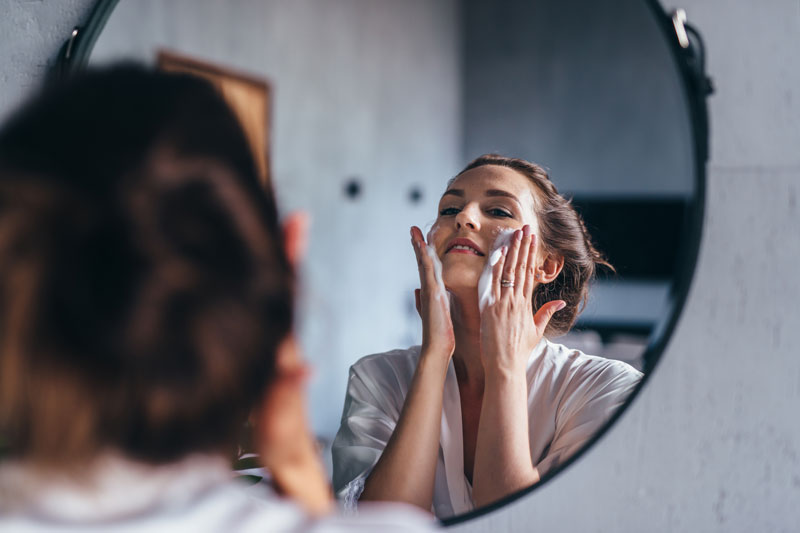
3. In-Center Treatment Session (20–30 minutes)
- Active cleansing to prepare the skin.
- Peel application in successive layers, under constant supervision (mild tingling or moderate heat may be felt).
- Neutralization / rinsing, followed by the application of a soothing Dermaceutic cream and SPF 50+ sunscreen. You can leave immediately; any redness is mild and temporary.
4. Post-Peel Care & Follow-Up (Day +1 to Day +42)
- Mild flaking or a rosy complexion may occur for 1–5 days, depending on peel depth.
- Strict sun protection is required for one month.
- Dermaceutic repair routine for six weeks to boost collagen, comfort, and results.
- Follow-up visit scheduled to adjust the protocol and plan the next session if needed.
5. Session Frequency
| Type of Peel | Number of Sessions | Recommended Interval |
|---|---|---|
| Superficial (Mask, Milk, Crystal Peel) | 4 sessions | Every 2 weeks |
| Medium (Cosmo Peel 15% or 18%) | 1 to 4 sessions | Every 2 to 8 weeks |
Thanks to this comprehensive care pathway, personalized diagnosis, targeted preparation, quick in-clinic procedure, and thorough follow-up, Epilia ensures a safe, comfortable experience with visible results: refined skin texture, even complexion, and reduced wrinkles, spots, or keratotic lesions. Your skin regains vitality and radiance, lasting and naturally enhanced.
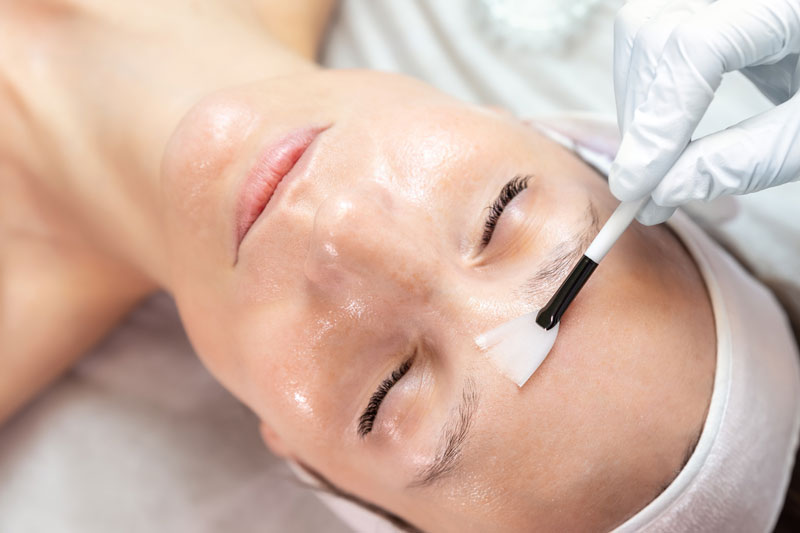
At-Home Peels vs. Professional Peels
Comparison of the Two Approaches
| Criteria | At-Home Peel | Professional Peel |
|---|---|---|
| Concentration | Acid levels up to 10% maximum | Acid concentration customized to the individual |
| Indications | Mild epidermal concerns | Deeper issues with texture and pigmentation |
| Risks | Minor irritation possible | Serious complications if misused |
| Price | €20 to €100 | €100 to €200 per session |
Tips for the Safe Use of At-Home Peels
Before using any product, test it on a small, discreet area of skin. Follow the recommended application time carefully. Avoid sun exposure after the treatment. If you experience burning or persistent redness, discontinue use immediately. Peels should be alternated with repairing skincare to protect the epidermis. Visible results appear after several weeks of consistent use.
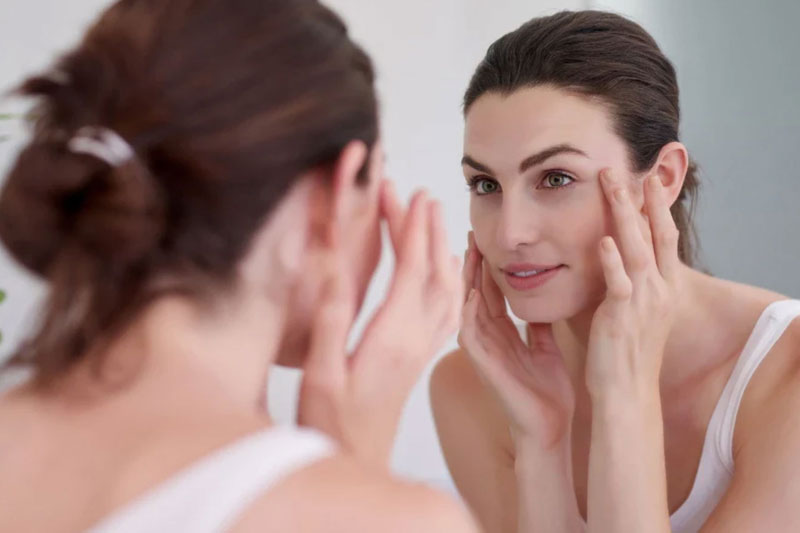
Risks, Side Effects, and Contraindications: Epilia's Commitment to Transparency
Understanding the Potential Risks Based on Peel Type
At Epilia, safety is our top priority: before each session, a thorough skin assessment is conducted to rule out any contraindications (such as darker phototypes at risk of hypopigmentation, a history of abnormal scarring, pregnancy, incompatible medications, etc.).
Even when the peel is perfectly suited to your skin, some temporary skin reactions are completely normal:
- Immediately after the session: Redness, erythema, or a mild burning sensation may occur; these typically subside within a few hours thanks to the soothing cream applied in the treatment room.
- Day +1 to Day +5:Slight swelling and varying degrees of flaking may appear—this is a sign that skin regeneration is underway.
- Medium-depth peels:The heat sensation is more intense and flaking more noticeable, but remains controlled; our specialists will explain the healing timeline in detail.
To minimize any side effects and enhance your results, each patient receives a personalized Dermaceutic cosmeceutical prescription:
| Phase | Recommended Dermaceutic Routine | Goal |
|---|---|---|
| Pre-Peel (2 weeks before) | Active cleanser + gentle acid complex + antioxidants | Ensure even penetration of actives, reduce risk of irritation |
| Immediate Post-Peel | Repair cream & SPF 50+ | Soothe and protect the skin barrier |
| 6-Week Follow-Up | Collagen-boosting serum + intensive moisturizer | Stimulate regeneration, prolong radiance |
Essential: Strict photoprotection (SPF 50+) is required for at least one month after each session to prevent any hyperpigmentation or depigmentation.
Thanks to this supervised protocol and our trusted medical-grade products, risks remain minimal, side effects are predictable and quickly reversible, ensuring safe and serene skin regeneration.
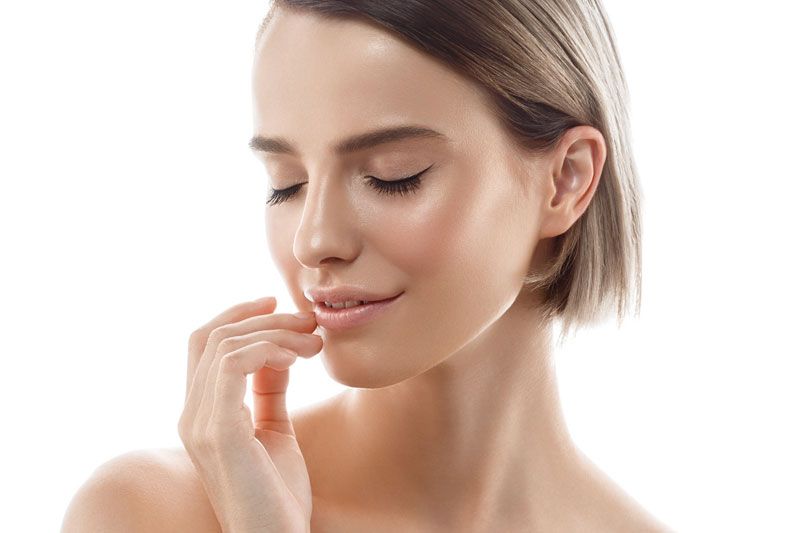
Contraindications: Epilia’s No-Compromise Safety Checklist
At Epilia, no peel is ever performed without a thorough consultation. Your specialist will review your medical history, current treatments, skin phototype, and sun exposure habits.
If any of the following factors are present, the session will be postponed or replaced with a tailored Dermaceutic routine:
Absolute Contraindications
- Pregnancy or breastfeeding.
- Open wounds, infections, or active inflammatory skin conditions (eczema, psoriasis, hives, herpes).
- Active autoimmune disease.
- Isotretinoin or retinoid treatments (oral or topical) within the past six months.
- Significant sun exposure or use of tanning beds in the past two weeks.
Relative Contraindications (To Be Discussed)
- Poorly controlled diabetes, which may delay healing.
- Very dark skin prone to depigmentation: a specific protocol may be offered.
- Recent use of at-home exfoliants (acids, dermabrasion) or strong brightening treatments: a withdrawal period is required.
- Inadequate photoprotection: treatment is postponed until the skin barrier is restored and a strict sun care routine is followed.
Our Procedure
- Personalized diagnosis and initial skin photos.
- Clear explanation of risks and alternatives; signed informed consent.
- If a risk factor remains, we postpone the peel and implement a corrective Dermaceutic routine until all safety conditions are met.
Your health comes first: with Epilia, you benefit from a powerful, expertly managed treatment for visibly renewed skin, delivered with complete peace of mind.
To schedule your first free consultation at one of our centers, please book online or contact our reception desk by phone at +41 22 321 20 00.
